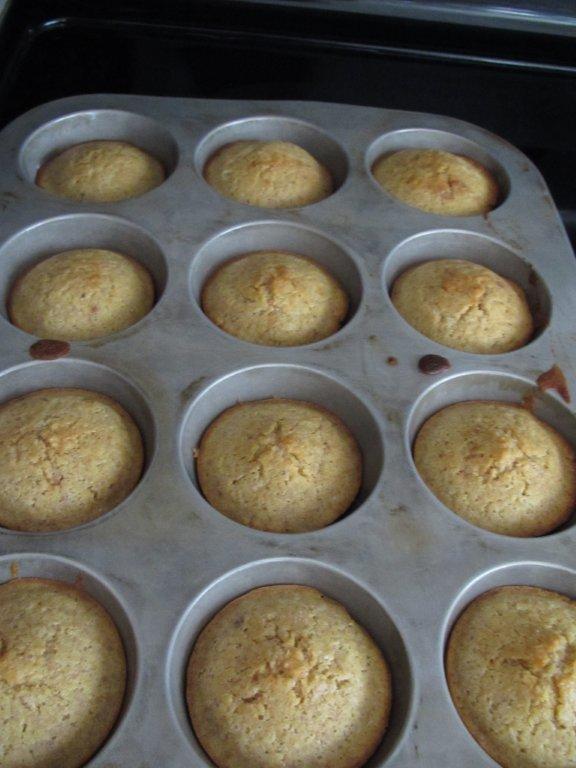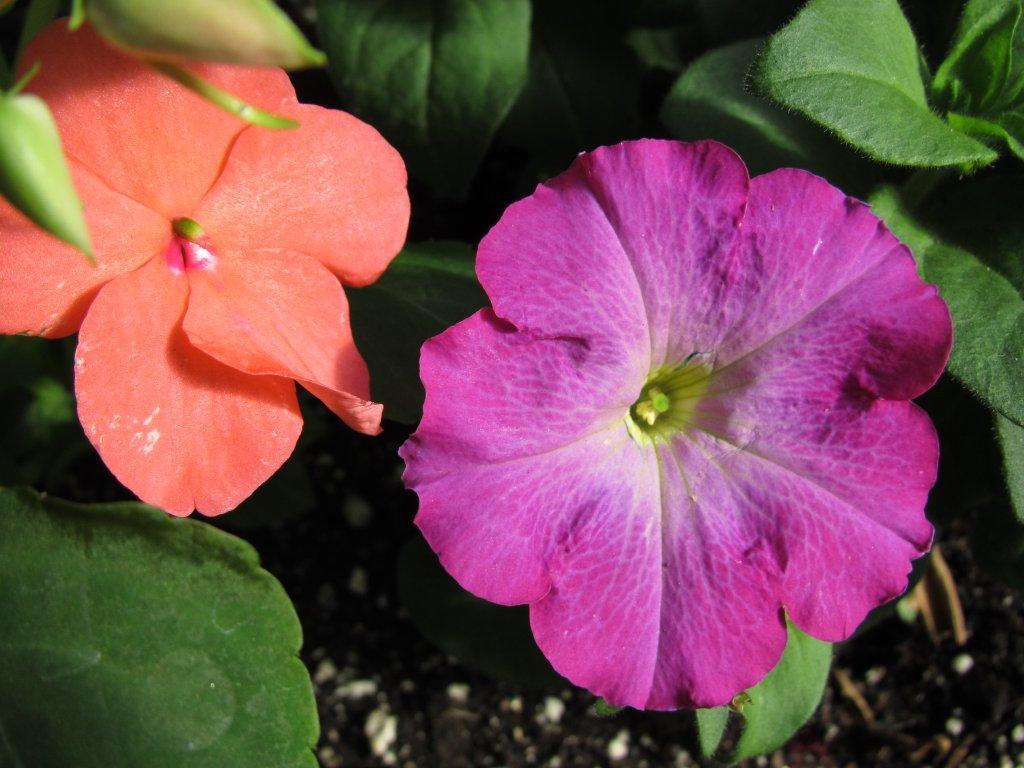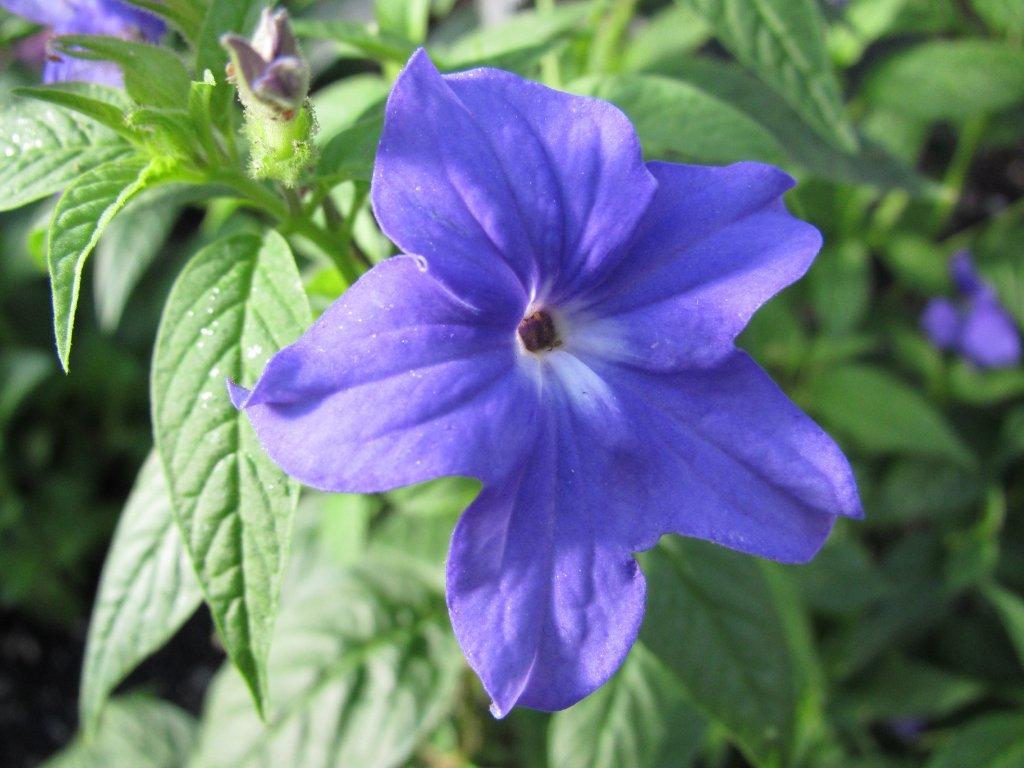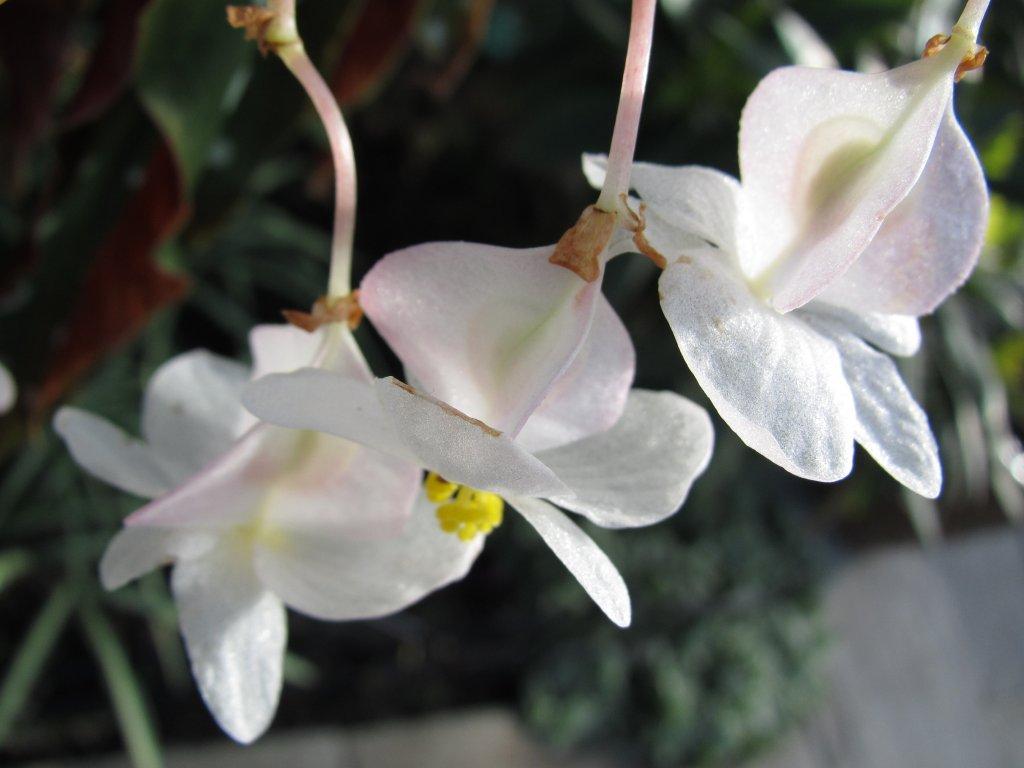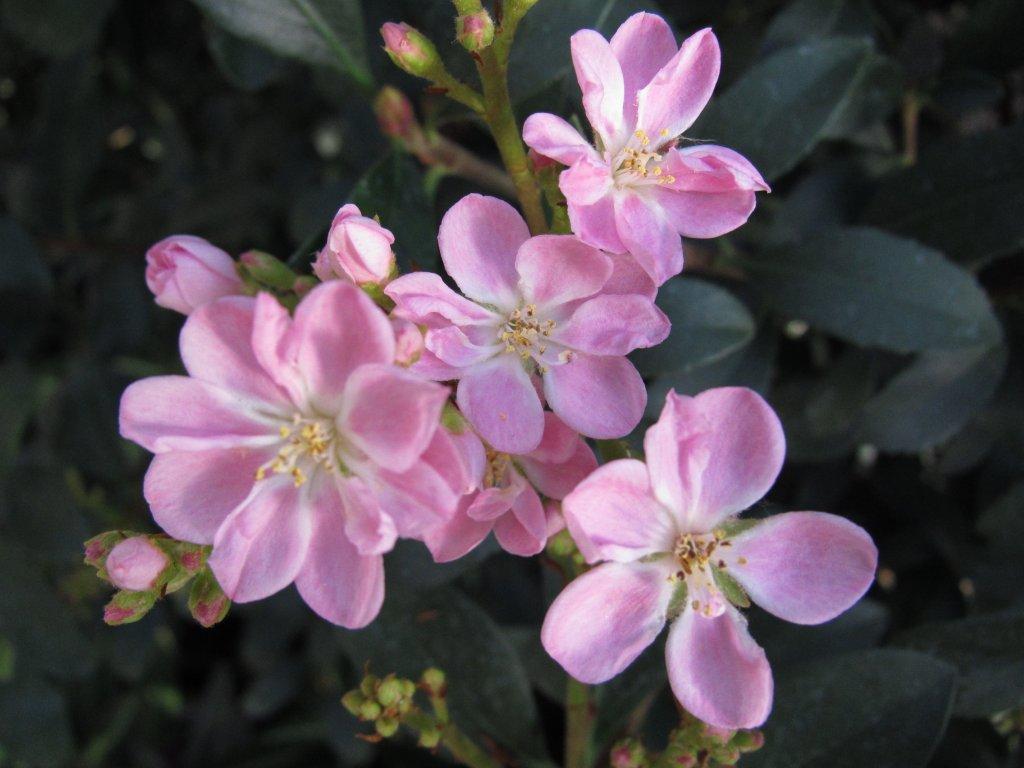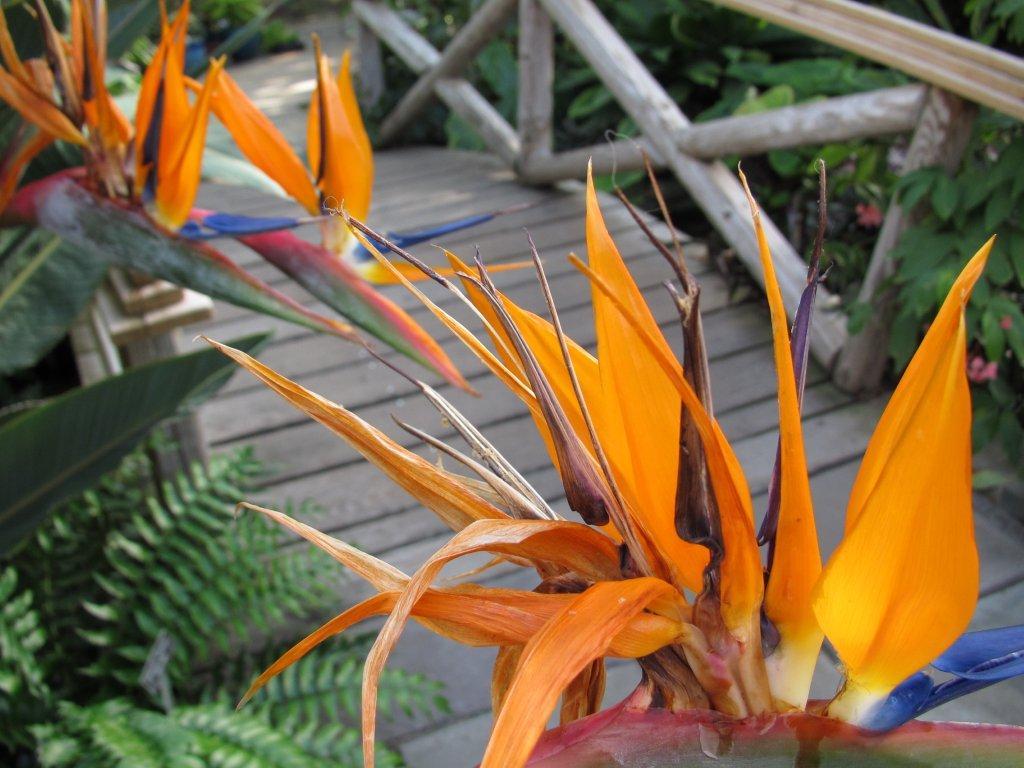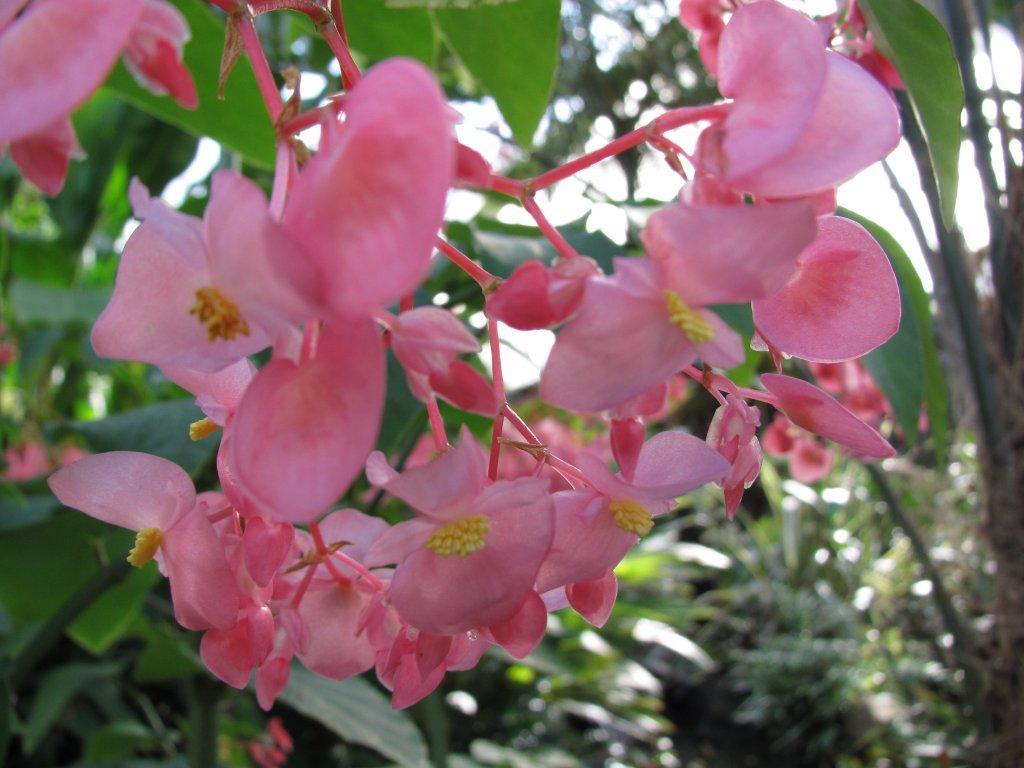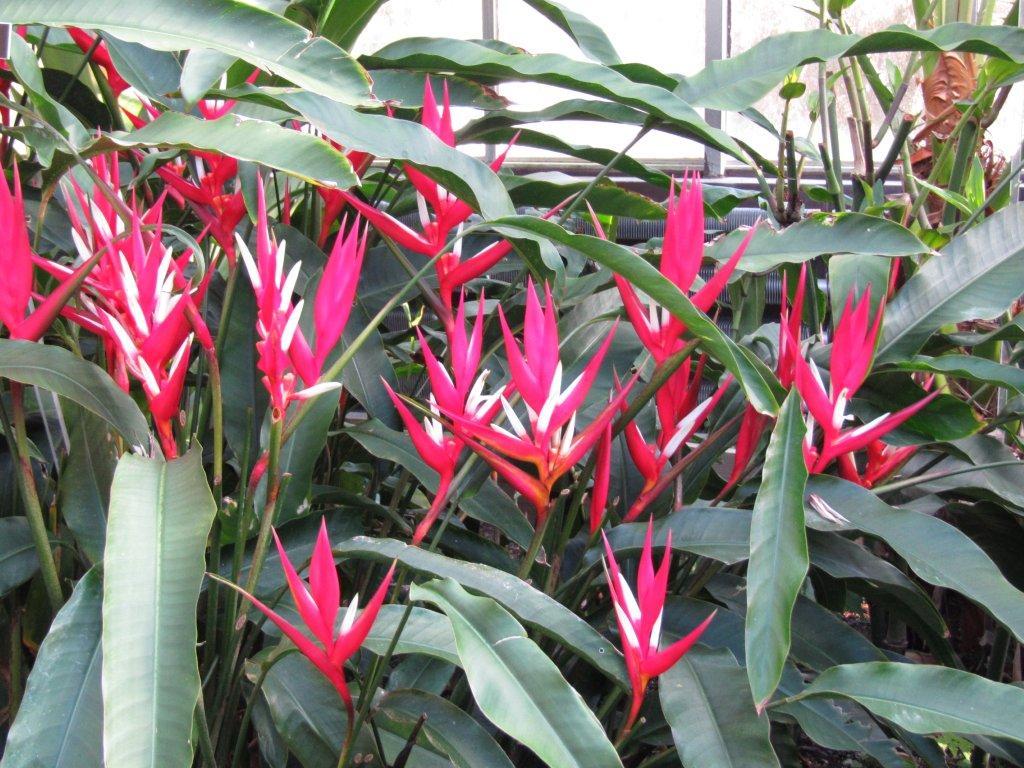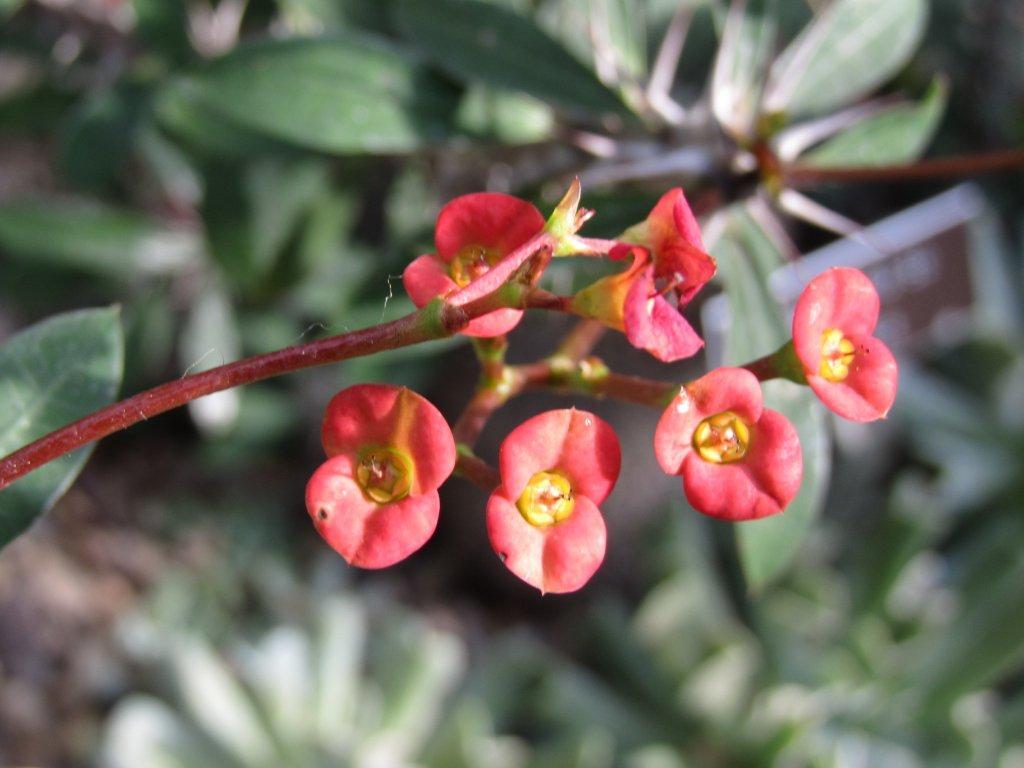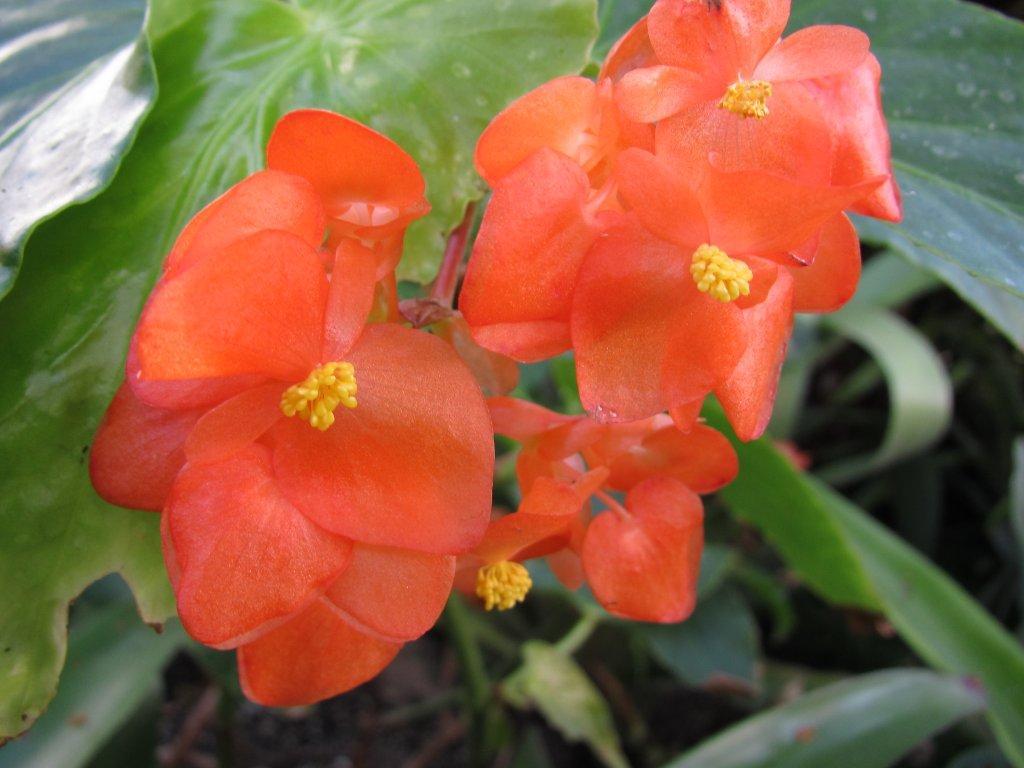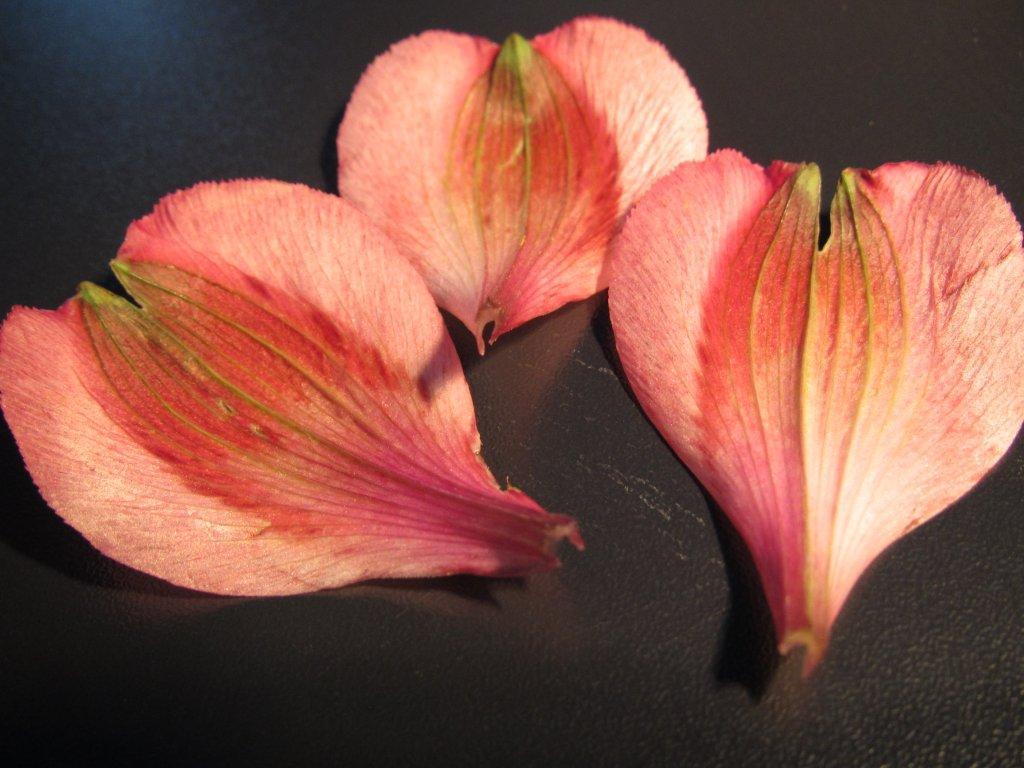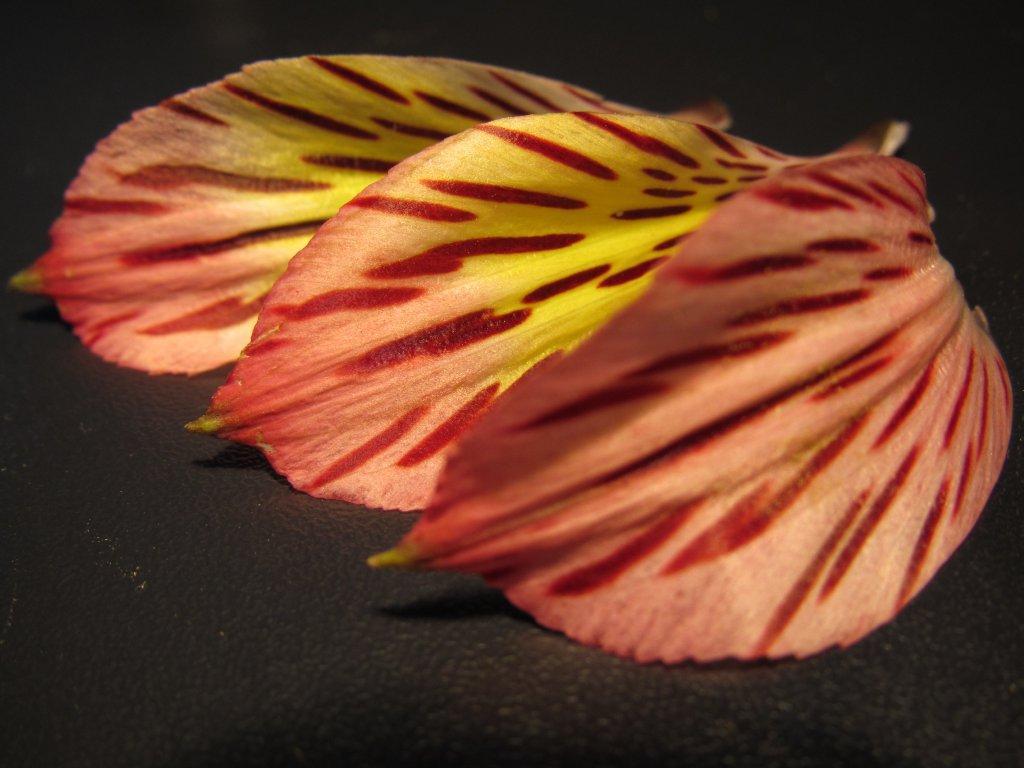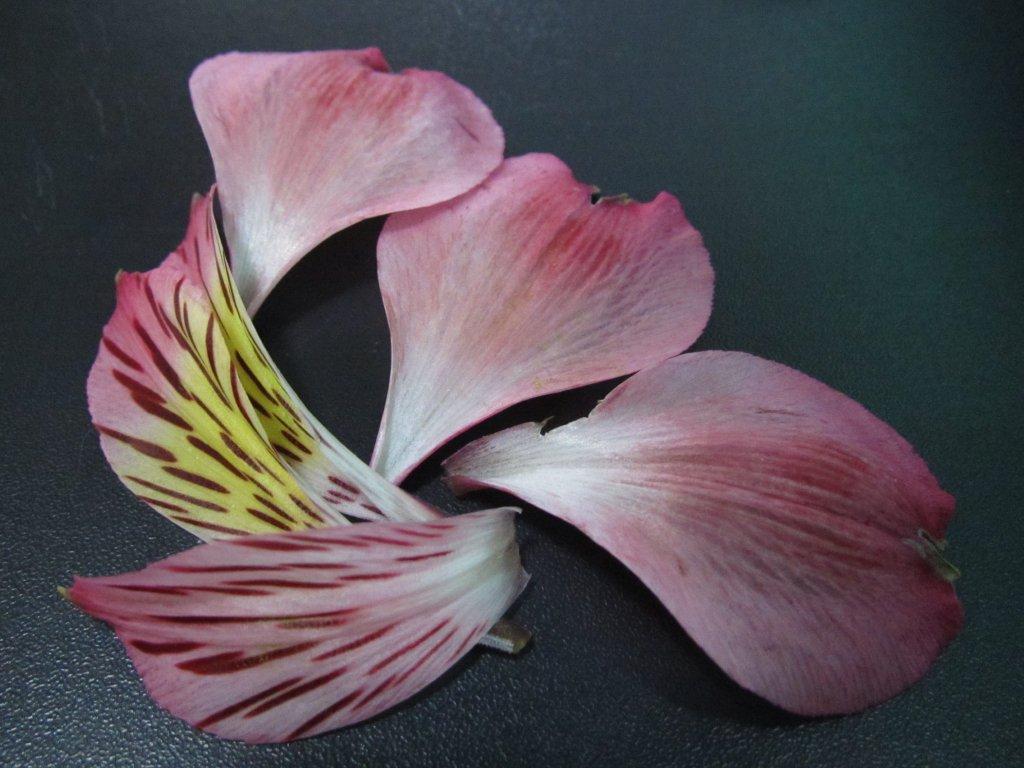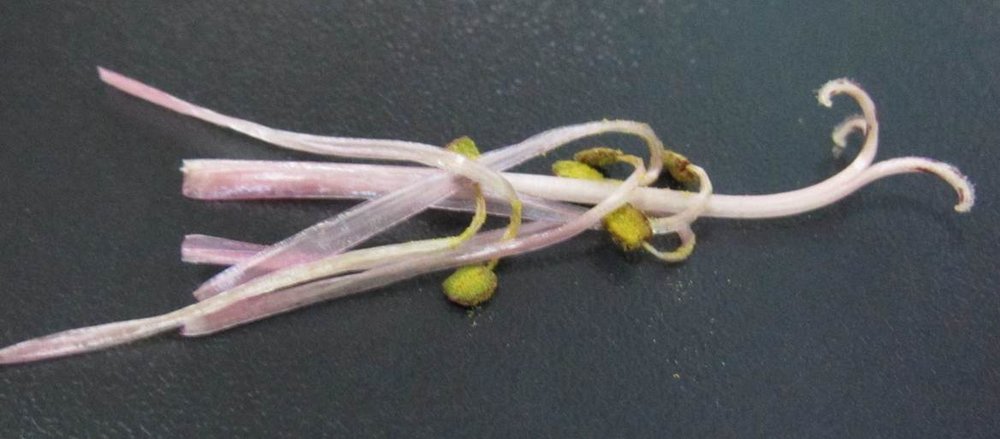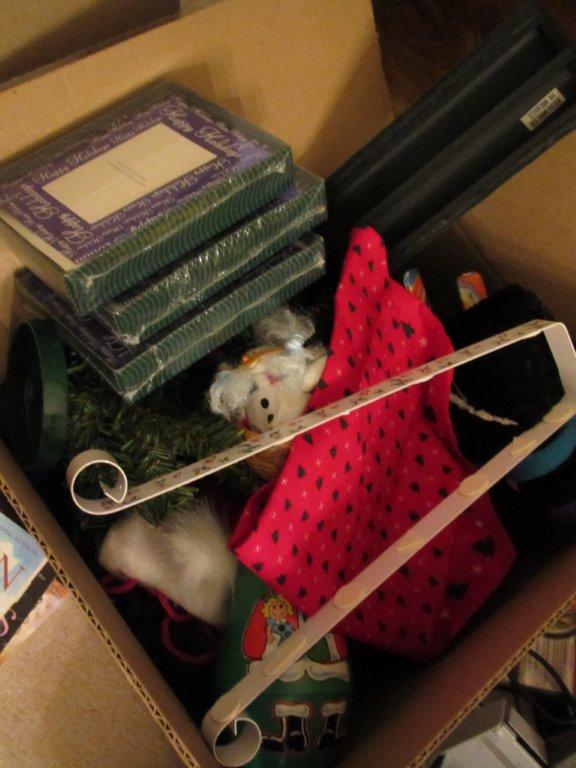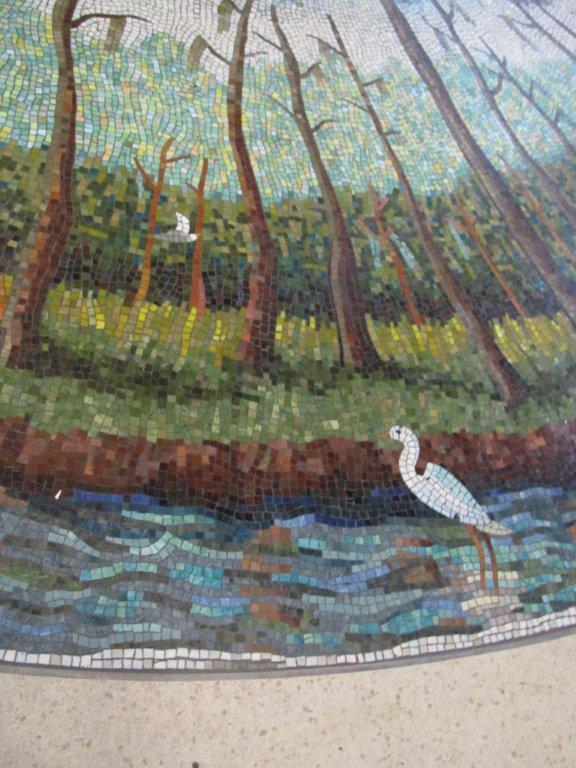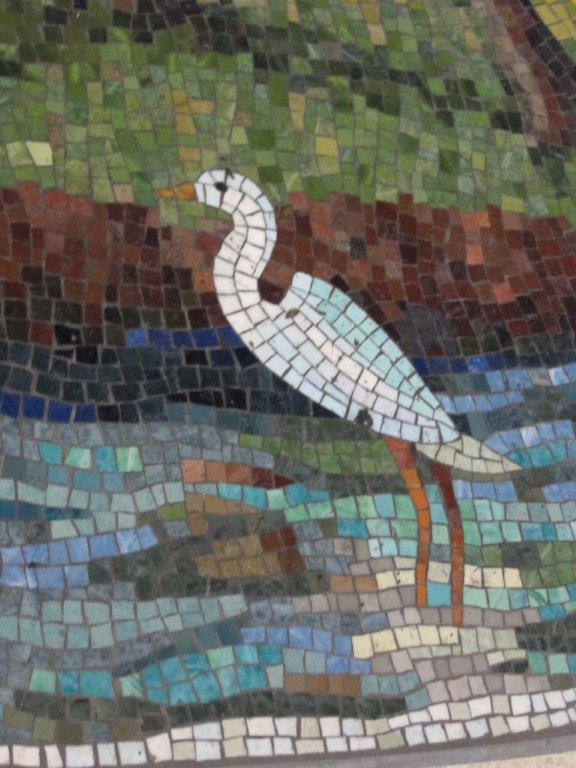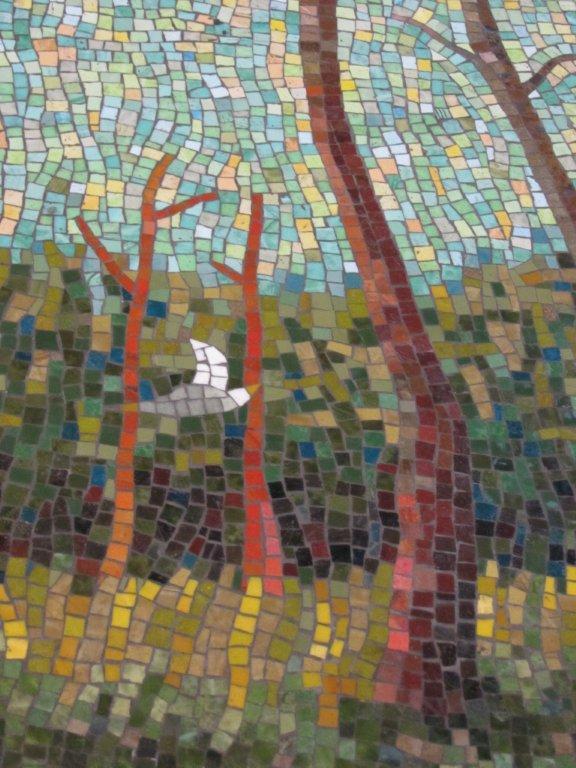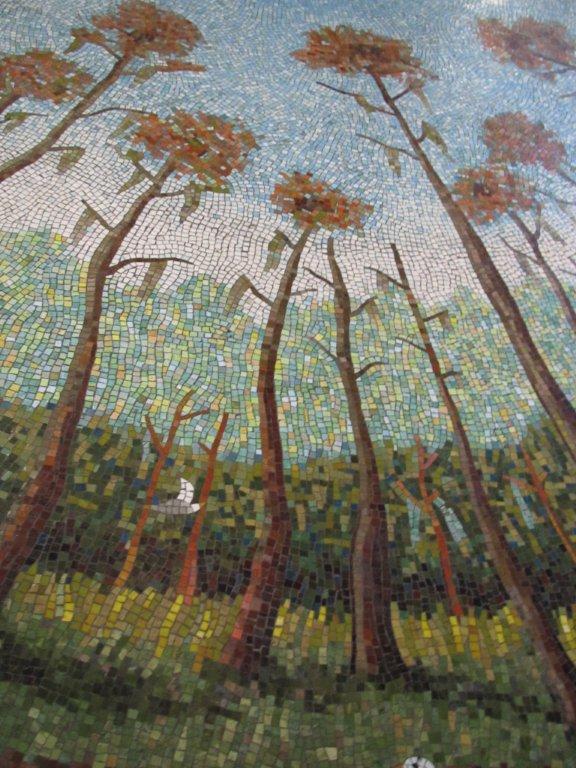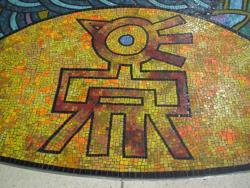Gleanings of the Week Ending January 26, 2013
/The items below were ‘the cream’ of the articles I read this past week. Click on the light green text to look at the article.
How Much Unsubsidized Solar Power is Possible? - interactive map showing increase incost competitiveness of solar power in the US
World's Largest Natural Sound Library Now Available On-line ... And It's Free - the Macaulay Library archive…a 12 year project to digitize the entire collection has been completeed!
Woodpecker inspires cardboard bike helmet - it absorbs 3 times as much force as polystyrene helmets and is 15% lighter
Hello Robots, Goodbye Fry Cooks - what about the impact of the robotics revolution on human employment/
Vouching again Creationism - a rant about the relationship between school vouchers and the teaching of creationism...how religious teaching is becoming publically funded
Top 25 Wild Bird Photographs of the Week #34 - The last one surprised me….the Indian Robin does not have a red breast like our North American robins
Exploring The Parks: Grand Canyon National Park, A Winter Wonderland - Some year I’ll get to the Grand Canyon in the winter
To Surf a Hundred Million Stars - intro to a zoomable photo of the Milky Way center….spend some time zooming the image (and the others available from the GigaGalaxy Zoom project also linked from this article).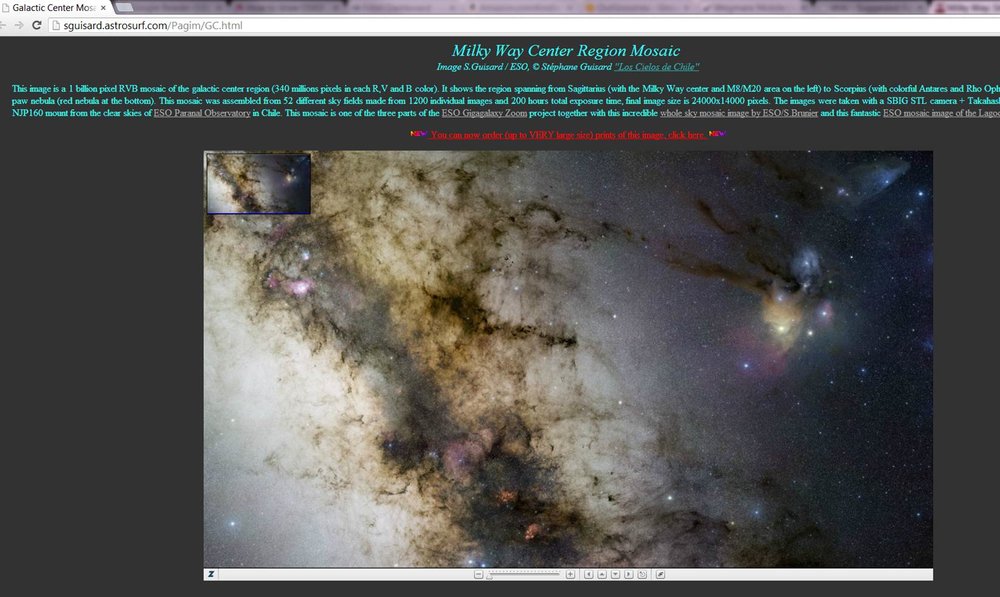
Interior Department Nominates Poverty Point National Monument For World Heritage Site Designation - specifics about Poverty Point but also general information about the World Heritage Site designation
Museum Collections (National Park Service) - the site has been revamped. Take a browse through the collection highlights (click on one that looks interesting and a whole series of items from that same location will appear0. Or use the pull down to select your favorite park!
The rise and fall of artificial gravity - Why has no one built a space station with artificial gravity?
Opinion: The Successes of Women in STEM - there are still roadblocks. Karen Purcell articulates some of them.








